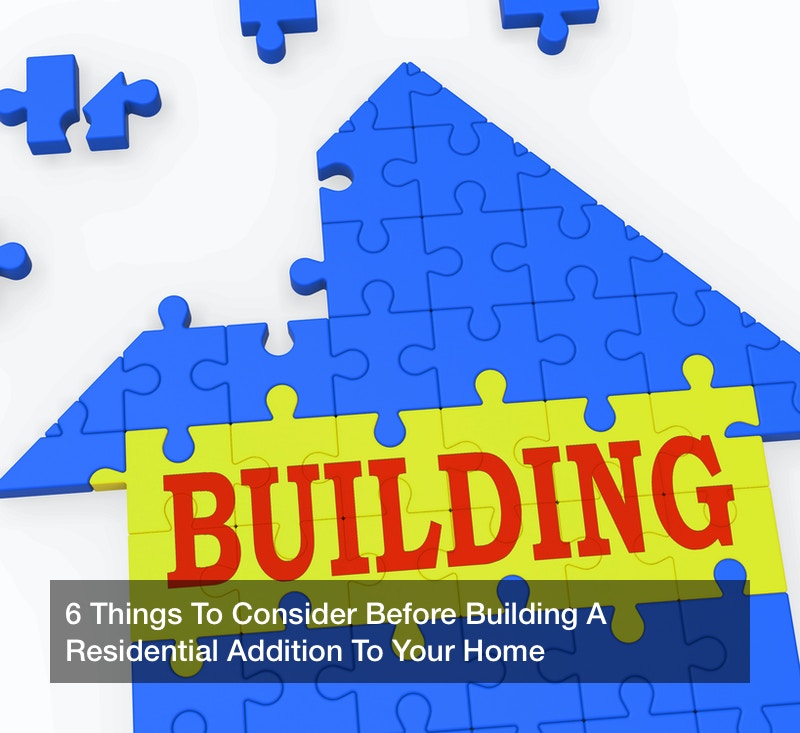

Residential additions are a great way to increase the space in your home. This can be a good idea if things are becoming too cramped, or if you are planning on having children, but lack the room to comfortably do so. While home remodeling can seem confusing, and there are a lot of things to consider before undertaking it, it also gives you the opportunity to design a home space that is entirely your own. Before you begin planning there are a few important factors to consider, a few of them include:
- Floor Area. Residential additions extend your floor space and change the layout of your home. It’s important to consider the space around your home, especially if you’re building outward, to ensure that you’re not losing too much lawn space, or otherwise hindering access to areas outside of the house. If done correctly, outward home additions can be a great way to give you more space on the ground level. If climbing stairs is difficult for you, or for someone in your home, this is an option to consider.
- Second Story. With all that said above, adding a second story can actually end up being more cost-effective overall. Second story residential additions are good for those who have smaller yard space or those who are looking to add additional bedrooms. The reason for the cost difference is because no new foundation needs to be laid for the addition to be constructed. However, it is worth talking with a remodeling contractor to ensure either type will work with the construction of your current home.
- Bills. When adding space to your home it is inevitable that you will see a slight rise in your monthly bills. Heating, cooling, and electric should be expected to go up because the new space will undoubtedly be using them. Depending on the size of the addition, it’s likely the increase won’t be too steep. An extra bedroom, for instance, isn’t going to make too much of a dent, provided it is properly wired and insulated.
- Zoning. Depending on where you live there may be specific rules about where and what you can build. Residential areas can have very specific laws details how many feet you can build on every side of the home, and as such, it’s best to double-check before any building gets underway. Local contractors are usually familiar with these regulations, but you can always check with your local zoning department if you want to check for yourself.
- Cohesive Design. When adding a residential addition it is important to consider how it will tie into your home’s current construction. You don’t want to tack on a modern addition to a centuries-old house, it will simply look out of place. Talk with a designer and your contractor about how the roof should connect on the outside, as well as how the materials inside will compliment what is already in place. You want to take every detail into account to ensure that everything looks just right.
- Talk With Professionals. Home additions of any kind are complicated. Getting them right requires working with a professional who knows the process and can guide you through it. Designers and contractors will be able to tell you what will work best, along with how to best blend your new addition to the style of your current home.
If you are thinking about adding residential additions to your home, don’t hesitate to reach out for a consultation. The best place to start is by talking to a professional about what you want and need so that you can begin drafting the perfect addition.



